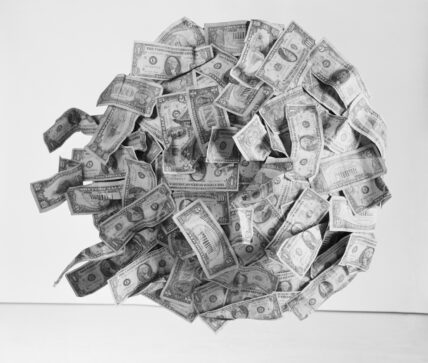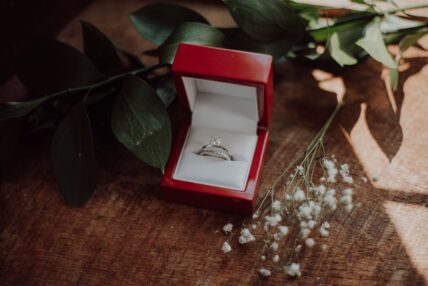How Rare Are Pearls? The History and a Guide to Collecting
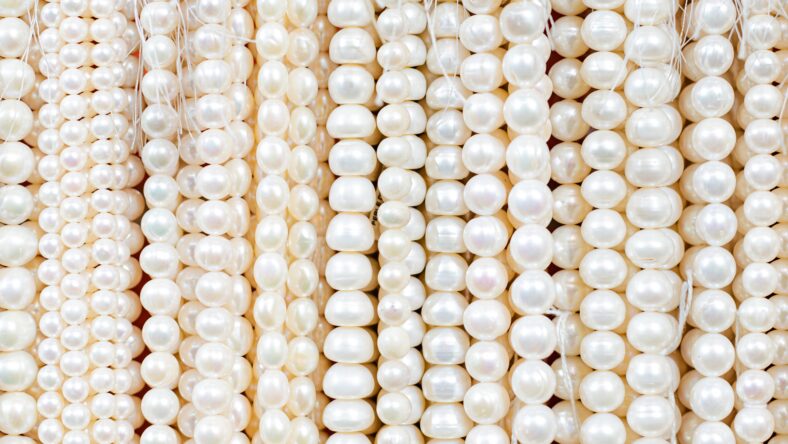
Pearls have captivated human beings for thousands of years. Their lustrous beauty and iridescence have made them a symbol of wealth, elegance, and sophistication. But just how rare are pearls? In this article, we will explore the formation of pearls, their rarity, and the factors that affect their value. We will also discuss the environmental impact of pearl harvesting and offer tips on how to care for these precious gems.
Formation of Pearls
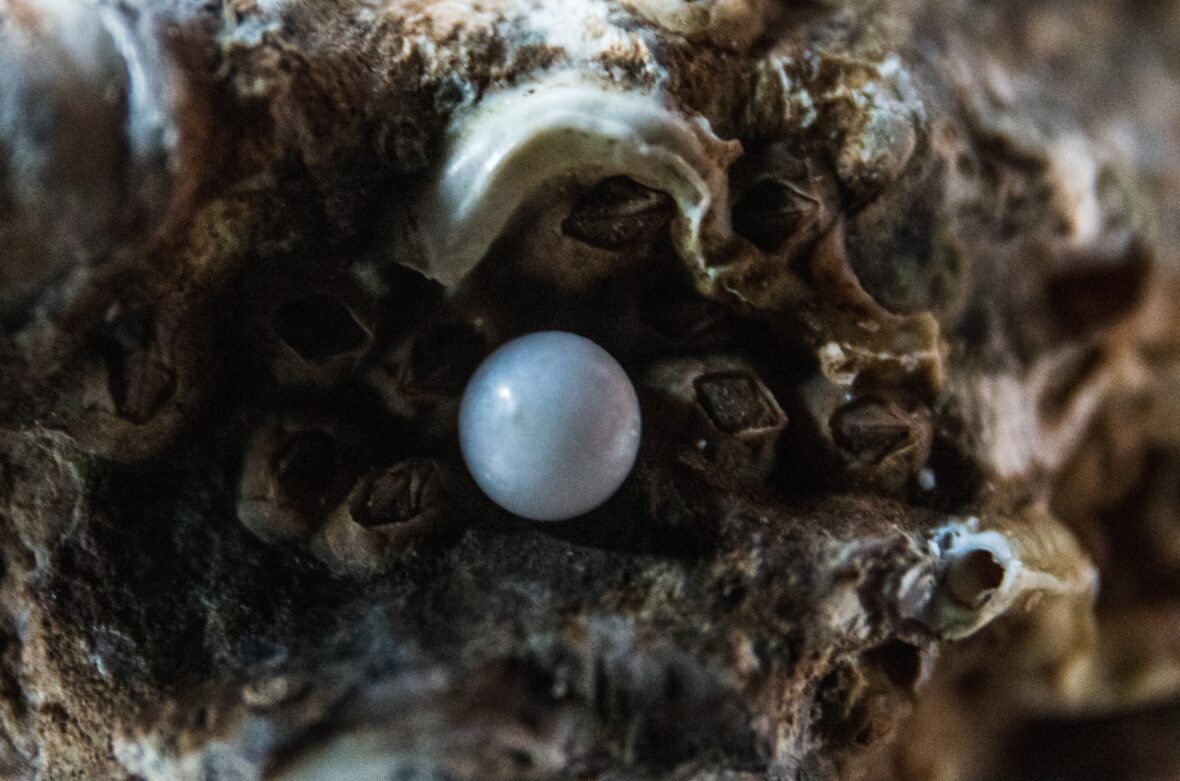
Pearls are formed inside the shells of certain mollusks, such as oysters and mussels. When a foreign object, such as a grain of sand or a parasite, gets inside the shell, the mollusk reacts by secreting a substance called nacre, which coats the object and forms a pearl. There are two main types of pearls: natural and cultured. Natural pearls are formed by chance when a foreign object gets inside the mollusk’s shell without human intervention. Cultured pearls, on the other hand, are created by inserting a small object, such as a piece of tissue, into the mollusk’s shell to stimulate pearl formation.
Rarity of Pearls
The rarity of a pearl depends on several factors, including its size, shape, color, and luster. Perfectly round pearls with a smooth surface and a rich, even color are the rarest and most valuable. Pearls that are misshapen, have blemishes, or lack luster are less rare and therefore less valuable.
Pearls can be classified into several levels of rarity. A common pearl is one that is easily available and inexpensive. These pearls are usually small, misshapen, or have irregular coloring. Fine pearls are those that are less common and have better shape, luster, and color. They are more expensive than common pearls but still affordable. Rare pearls are very difficult to find and have exceptional luster, shape, and color. These pearls are very expensive and are often sought after by collectors and investors. Finally, the most rare and valuable pearls are those that are considered legendary. These pearls are often historical, unique, or have a special cultural significance.
The value of a pearl is also affected by whether it is natural or cultured. Since cultured pearls have become more common in order to produce more pearls, they are less rare than those found in nature.
Pearl Harvesting
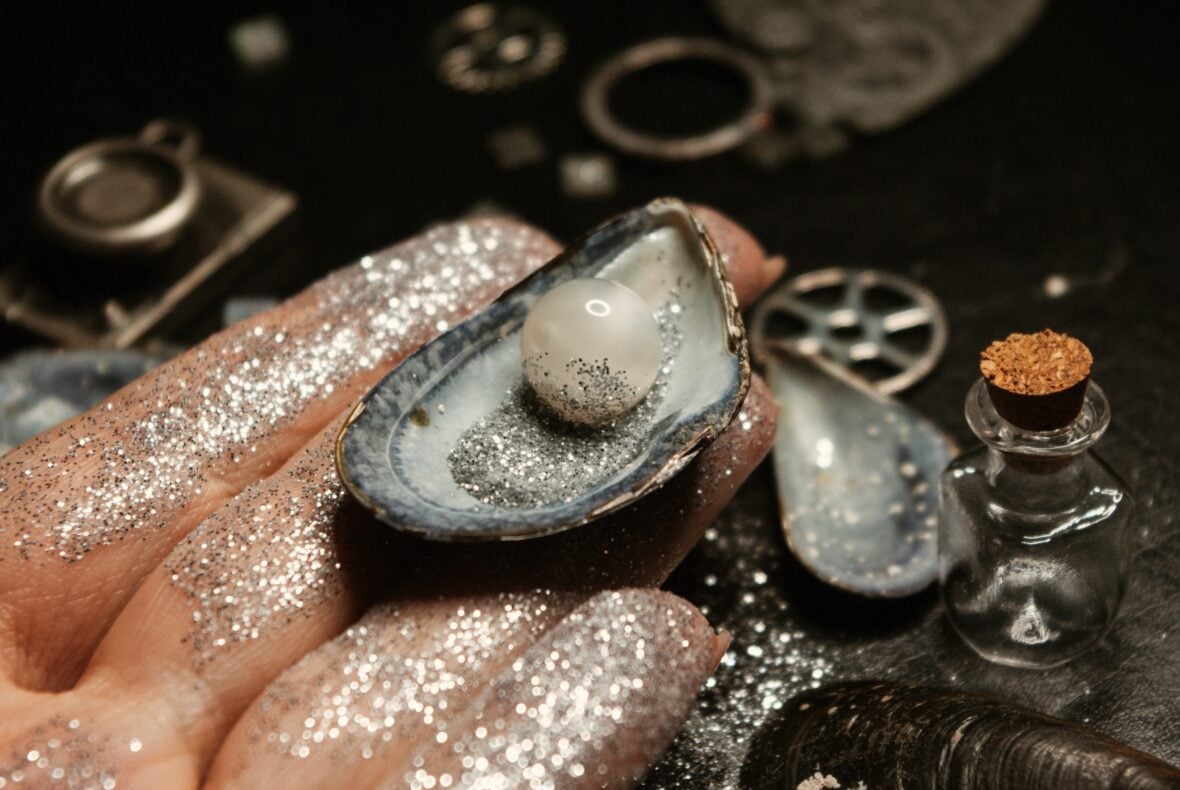
The methods of harvesting pearls have evolved over time. In the past, divers would search for natural pearls in the ocean, risking their lives in the process. Today, most pearls are cultured, which means they are produced in farms or hatcheries. This method is less risky and more efficient, but it has a significant environmental impact. Pearl farms can pollute the water and disrupt the natural ecosystem, which can have long-term consequences for marine life.
To address these concerns, some pearl farmers have developed sustainable harvesting practices that minimize the environmental impact. For example, some farms use recycled water, organic food, and eco-friendly cleaning methods. Others use non-destructive harvesting techniques that do not harm the mollusk or its environment. By adopting these sustainable practices, pearl farmers can ensure that their operations are environmentally responsible and socially sustainable.
Famous Pearls
Throughout history, there have been many famous pearls that have captured the imagination of people around the world. These pearls have played a significant role in cultural, religious, and political events. Some of the most famous pearls include:
- La Peregrina: A natural pearl that was once owned by Spanish kings and queens, and later by Hollywood actress Elizabeth Taylor. It was sold at auction in 2011 for $11.8 million.
- The Hope Pearl: A rare blue-gray natural pearl that was discovered in the Persian Gulf. It was owned by Henry Philip Hope, a British collector, and is now housed in the Smithsonian National Museum of Natural History.
- The Pearl of Lao Tzu: A massive natural pearl that was discovered in the Philippines and is believed to be the largest natural pearl ever found. It weighs over 14 pounds and is valued at $60 million.
Caring for Pearls
To keep your pearls looking their best, it’s important to store and clean them properly. Pearls are delicate and can be easily scratched, chipped, or discolored. Here are some tips for caring for your pearls:
- Store your pearls in a soft pouch or jewelry box to protect them from scratches and damage.
- Avoid exposing your pearls to heat, chemicals, or direct sunlight, as this can cause discoloration or damage.
- Clean your pearls with a soft, damp cloth or a special pearl cleaning solution. Avoid using abrasive cleaners or harsh chemicals, as these can damage the pearls’ surface.
- Don’t wear your pearls while swimming, showering, or doing other activities that can expose them to water or chemicals.
The Future of Pearls
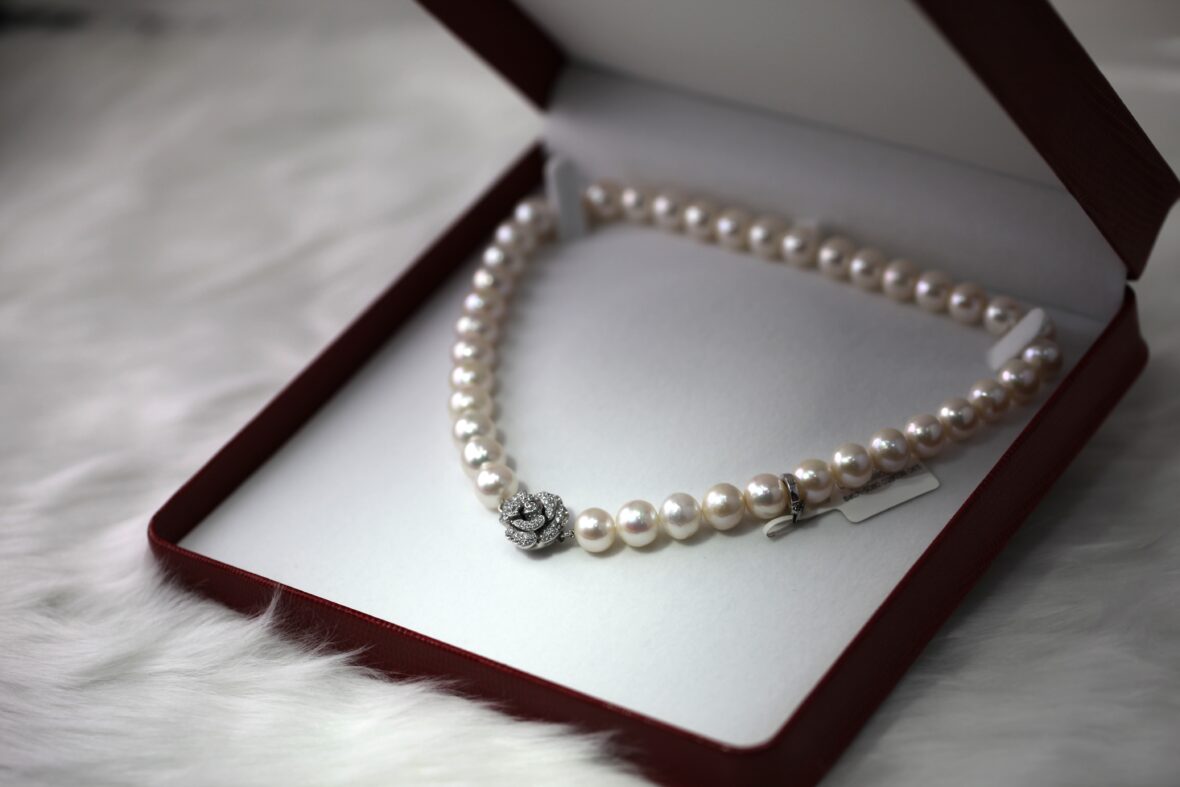
As the world becomes more environmentally conscious, there is a growing demand for sustainable and ethical pearls. Many pearl farmers are now embracing sustainable practices that minimize the environmental impact of their operations. This includes using recycled water, organic food, and eco-friendly cleaning methods, as well as non-destructive harvesting techniques that do not harm the mollusk or its environment.
Specifically, the interest in lab-grown pearls is growing, which saves mollusks and the ocean floor since humans do not have to dive and disturb their ecosystem. These pearls are often more affordable than natural pearls and can be produced in a variety of colors and shapes. However, they are still relatively new to the market and may not have the same value or cultural significance as natural pearls.
Despite the growing interest in sustainable and lab-grown pearls, there is still a strong demand for natural pearls. This is due in part to their rarity and historical significance. Natural pearls are also seen as a symbol of luxury and prestige, and are often passed down through generations as heirloom pieces.
Buying Pearls
If you’re in the market for pearls, there are a few things to keep in mind. First, be sure to do your research and buy from a reputable dealer. Look for pearls that are well-matched in size, shape, color, and luster, and make sure they are properly graded and certified.
It’s also important to consider the type of pearl you want whether cultured or natural. In answering our question, “how rare are pearls?” we discovered cultured pearls are more affordable and widely available, but may not have the same cultural significance as natural pearls.
Finally, consider how you will wear your pearls. While pearls are often associated with formal events and occasions, they can also be worn in more casual settings. Experiment with different styles and colors to find the perfect pearl jewelry for your style and personality.
Are natural pearls really that rare?
Yes, natural pearls are extremely rare and can be very expensive.
How can I tell if a pearl is real or fake?
Real pearls are heavier than fake pearls and have a slightly gritty texture.
What factors affect the value of a pearl?
The size, shape, color, and luster of a pearl all affect its value.
Can I wear my pearls every day?
It’s best to avoid wearing pearls every day, as they can be easily damaged by exposure to water, chemicals, and other elements.
What is the best way to clean pearls?
Clean your pearls with a soft, damp cloth or a special pearl cleaning solution, and avoid using abrasive cleaners or harsh chemicals.
Conclusion
Pearls have a timeless allure that has fascinated humans for centuries. Their rarity and beauty have made them a symbol of wealth and elegance, and their cultural significance has made them a part of human history. Whether natural or cultured, pearls are a valuable investment that requires proper care and attention. By following the tips in this article, you can enjoy your pearls for years to come.
Also Read: 10 Most Valuable Barbie Dolls and How Much They Are Worth in 2023

